Things you should know before you start the inspection
Before you start an inspection of your hive you need to know some basics so you are able to distinguish what are you looking at.
So first of all read carefully these pages:
![]() Although we will never search for the queen except there is some special reason for that, you should be able to distinguish worker bees, drones and queen. So read How To Find The Queen as well.
Although we will never search for the queen except there is some special reason for that, you should be able to distinguish worker bees, drones and queen. So read How To Find The Queen as well.
Now when you are familiar with those things, we can move on.
What am I looking for?
Every frame we pick up we need to check:
![]() If there are queen cells on it
If there are queen cells on it
![]() Is there any brood and if there is, what kind of brood is it:
Is there any brood and if there is, what kind of brood is it:
![]() Open brood
Open brood
![]() Eggs
Eggs
![]() Young larvae
Young larvae
![]() Older larvae
Older larvae
![]() Closed brood
Closed brood
![]() Worker brood
Worker brood
![]() Drone brood
Drone brood
![]() Honey and pollen supplies
Honey and pollen supplies
If there is only one egg per cell, those eggs are laid by a queen.
Sometimes there can be found more than one egg in one cell (laying workers, newly mated queen). So when inspecting you should pay attention to that too.
Advertisement :
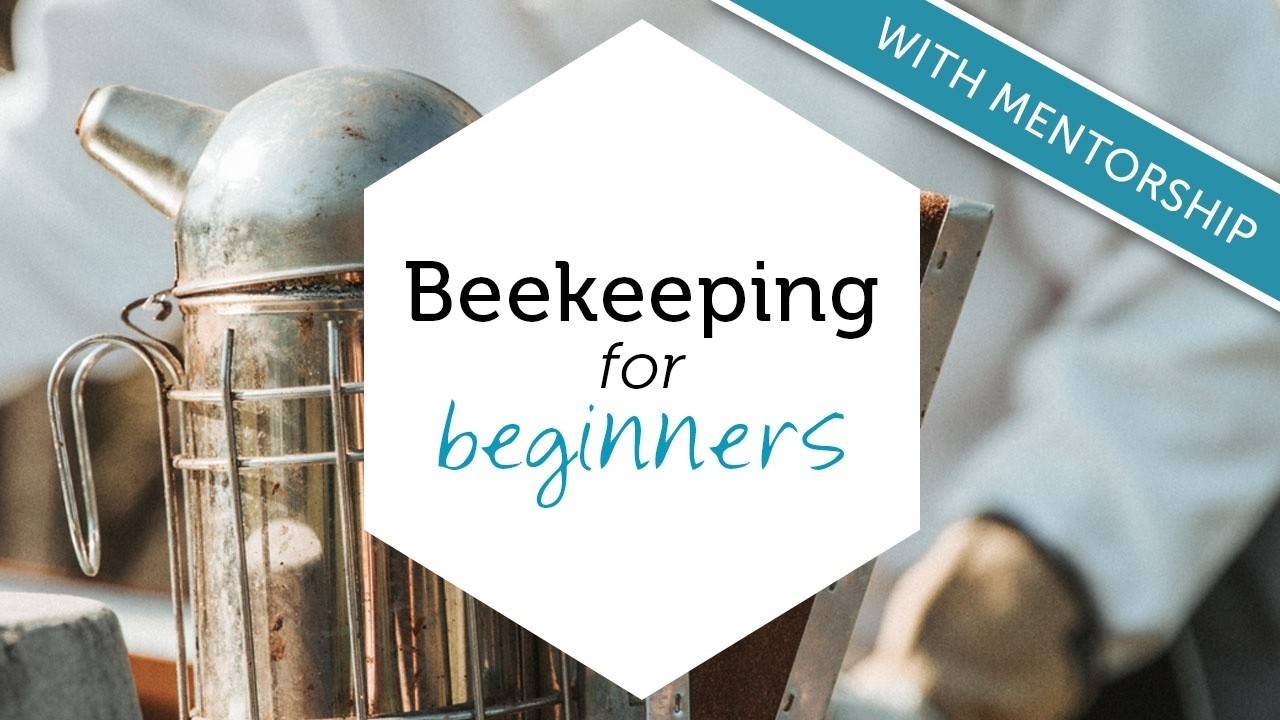
Beekeeping for Beginners
Everything you need to know!
This is a full beekeeping course for beginners.
Eggs and young larvae spotting
It may take time and practice to be able to spot the eggs and the youngest larvae.
In order to see them you should turn your back to the sun. Hold the frame in a way that allows the sun to light up the whole surface of the cells’ bottom.
If you still can't find the eggs, don't worry. Keep on trying and with a little practice you will succeed. Having an experienced beekeeper beside you to show you where to look can be of a big help.
Young larvae feed on royal jelly so you are most likely to see only the reflection of small drops of royal jelly on the bottom of the cells.
Where should I look for the brood?
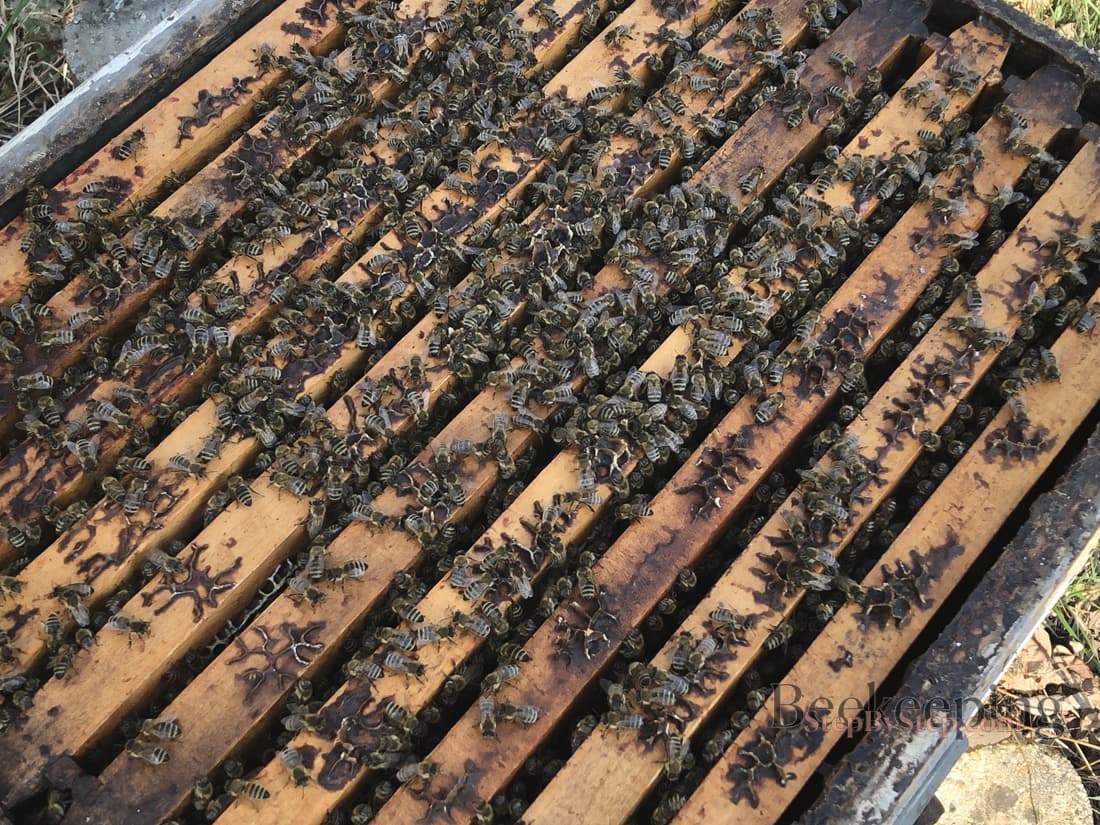
There will be large number of bees wherever there is a brood.
It should be in the brood boxes. However, sometimes the queen can walk into the honey super and lay there. Even if you use queen excluder, it may happen that the queen finds a passage to the upper boxes.
So if you can't find the brood in the brood boxes, check the honey supers as well.
You need to know the difference between capped honey and capped brood. If you aren't sure open one cap and see what is inside it - honey or pupa.
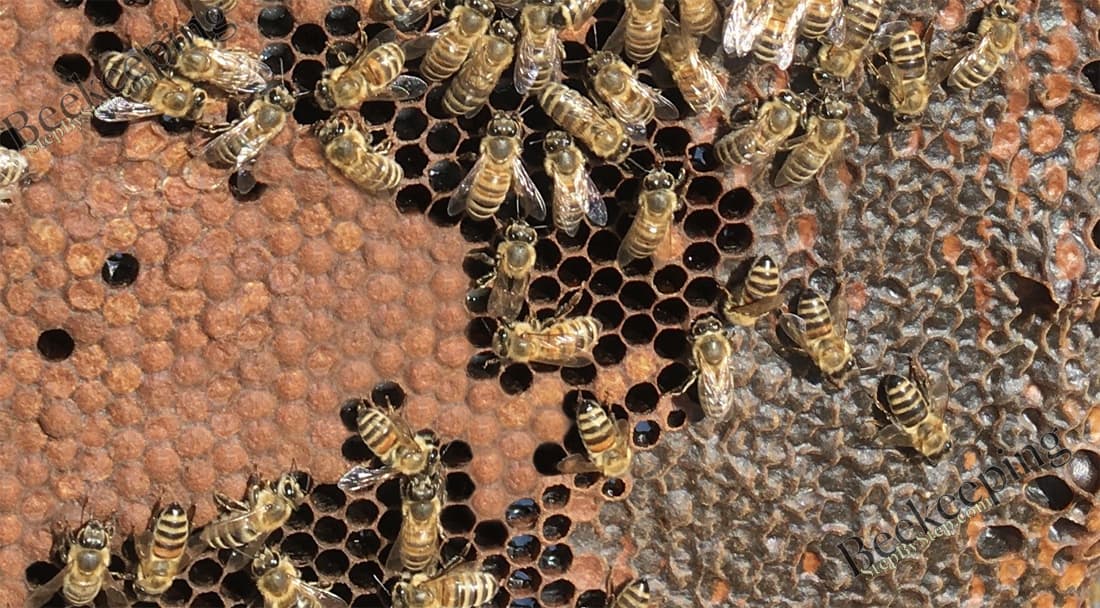
Two brood boxes – where should I look
If you have two brood boxes, start from the upper brood box, and if there is no sign of the brood there move onto lower brood box.
Only go through the boxes where there is a lot of bees.
If there's a small amount of bees in some box, there is no need to check that one.
If you are a beginner and don't know where to look, don't worry, soon you will gain some experience and self-esteem, and everything will be much easier.
Opening the hive
We want to check the brood and food storages.
Therefor we will open the hive in a way that will allow us to work with brood boxes, meaning we will remove everything above those boxes.
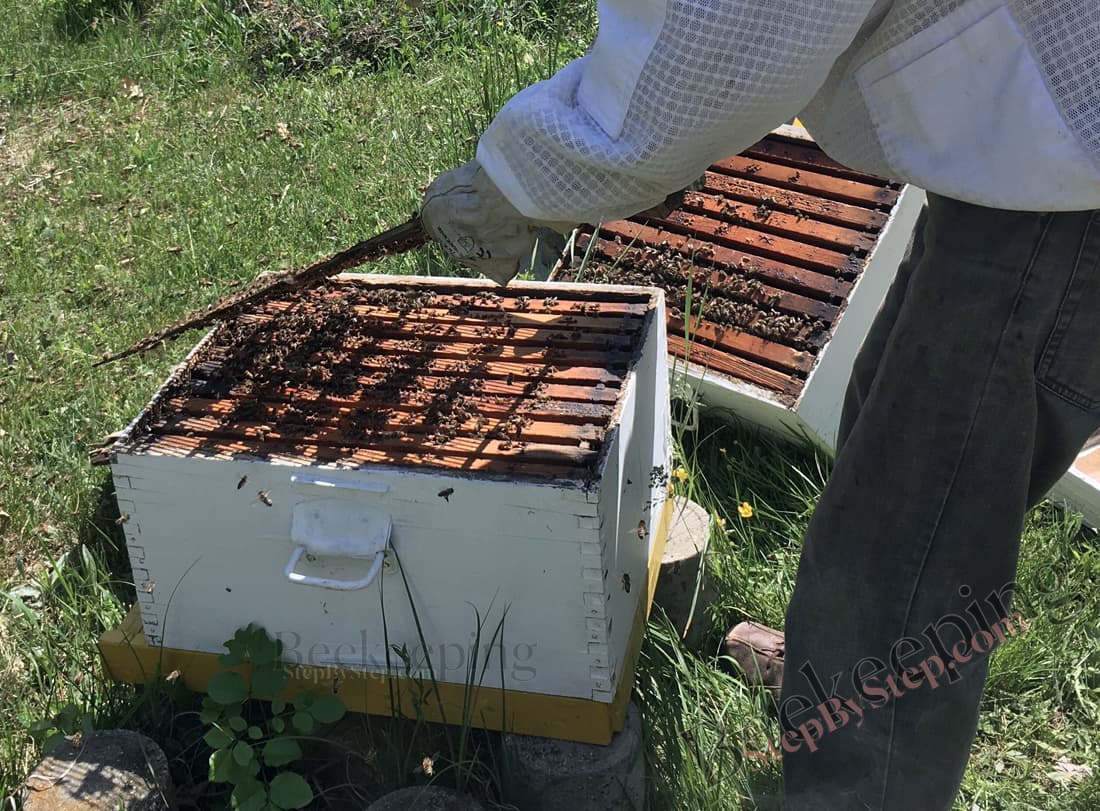
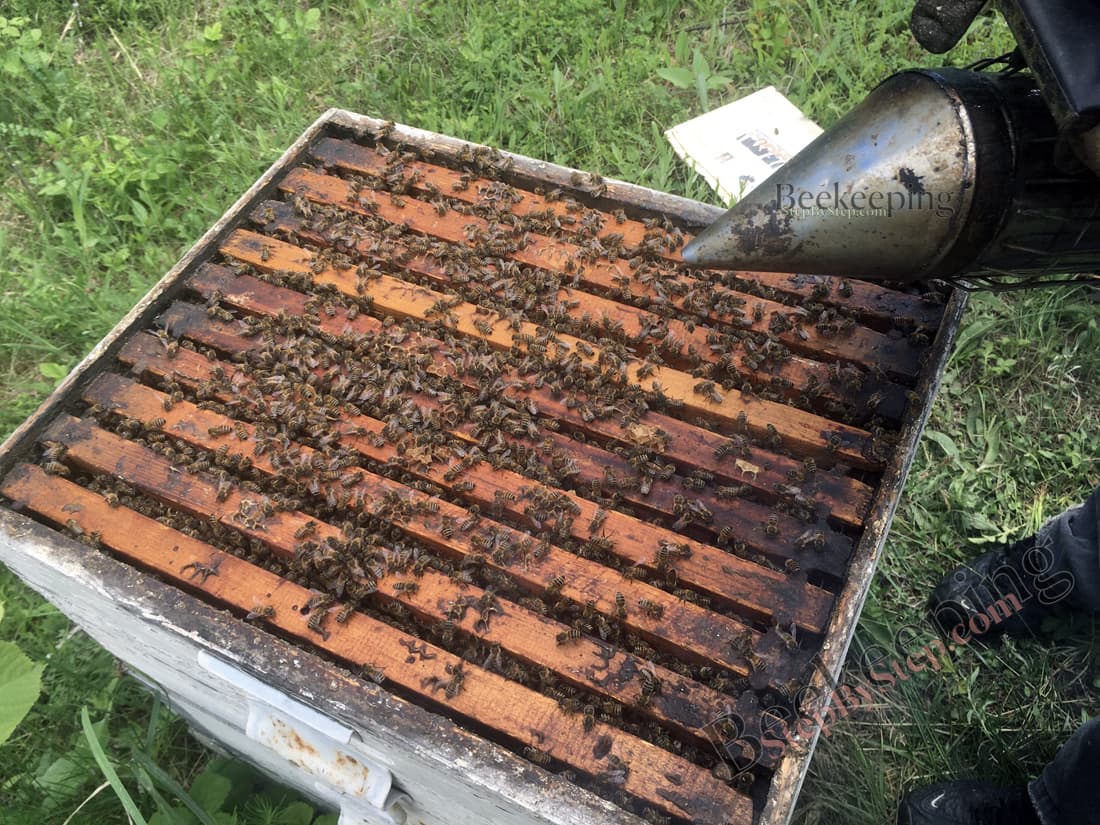
Bee's behavior when the hive opens
First thing you should notice when you open the hive is bees’ behavior.
If they behave strangely, something is probably wrong inside - see: Queenless Colony Behavior - Fanning.
Picking up the frames
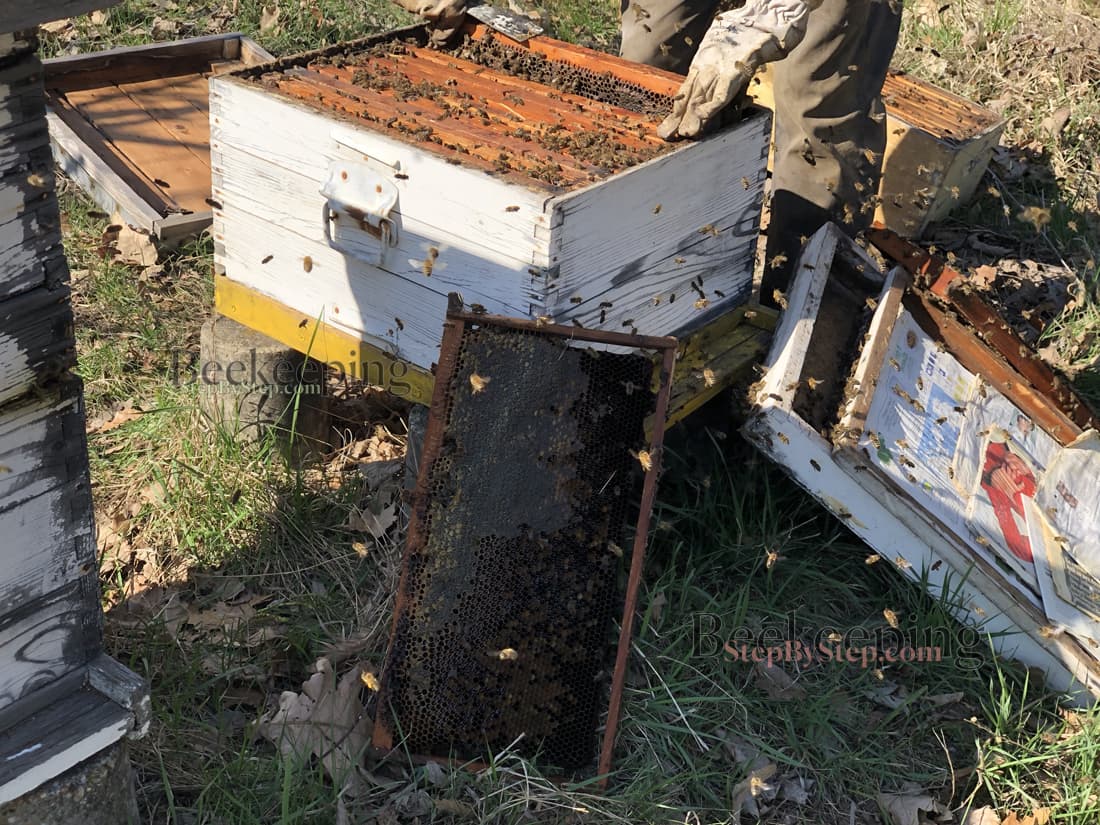
The easiest way is to pick up the end frame and lean it against the front side of the hive. This isn’t inevitable but it will provide you more space for easier picking up other frames. When you take the end frame out you can give the other frames a little push to make an easier approach to the frame that you want to pick up and examine.
When you pick up that end frame quickly check if the queen is on it - it's unlikely, but not impossible. If you spot her, leave that frame in the hive and take out another one to lean in front of the hive.
The biggest part of the brood is where the most bees are. That's why we will investigate those frames.
As soon as we get the idea of the brood condition, there is no need to check other frames.
Sometimes all that it takes is to check 2-3 frames, and sometimes you need to check other boxes as well.
If we don't find the brood
If you don’t find worker brood in all stages inside the whole hive, something is wrong and you need to investigate what it is.
Inspection - steps
Beekeeping equipment you need:
- Smoker
- Hive tool
- Beekeeping suite
Preparation:
- First light the smoker
- Then put on the beekeeping suite and gloves. Check if everything is well closed so bees can’t get inside.
- Pick your smoker and hive tool and lets go to the apiary.
Inspection – step by step:
1Using your beekeeping smoker, smoke the entrance of the hive.
2Using your hive tool to separate boxes, open the hive so you have access to the brood box.
3 Before you smoke that opened box take a look at it from above. If there are queen cells and/or brood they will be on these frames with the most bees - usually in the middle of the box.
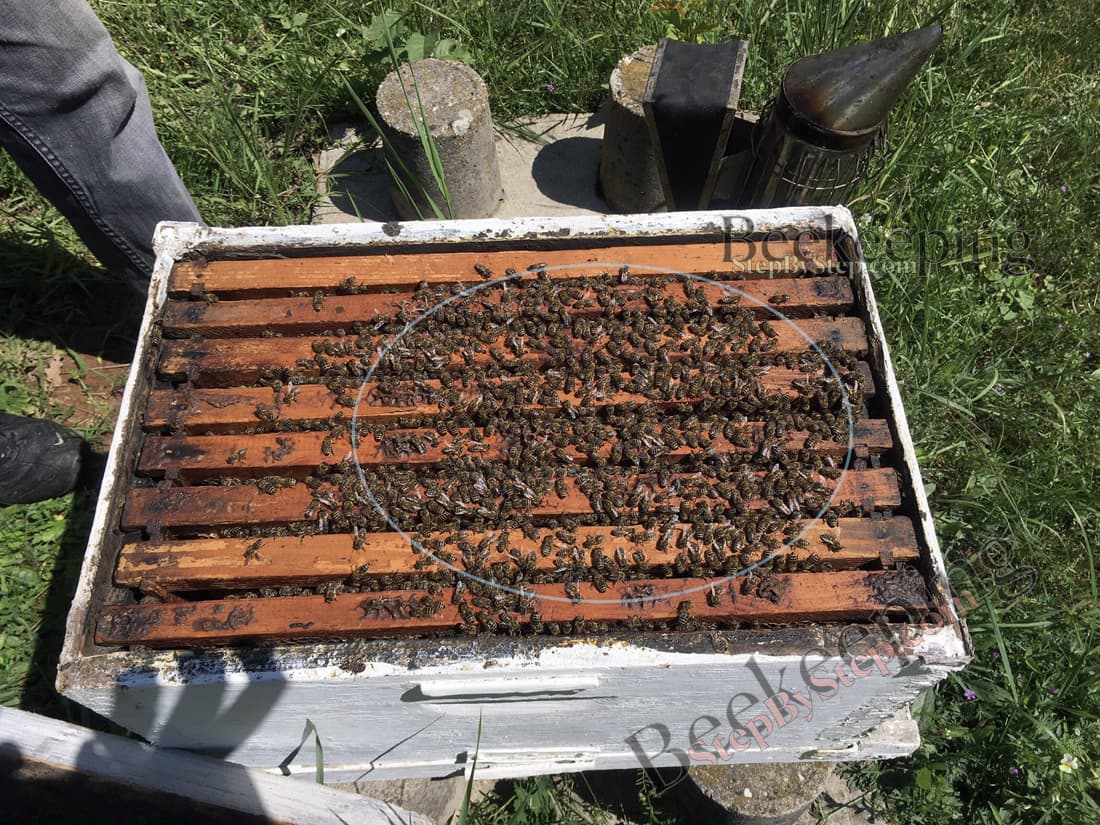
4Smoke that opened box over the frames.
5Using your hive tool, take out one frame from the end of the box and lean it in front of the hive.
6Using your hive tool to separate the frames, pick up one of the frames with the most bees on it.

7Carefully examine that frame on both sides. What can you see on it?
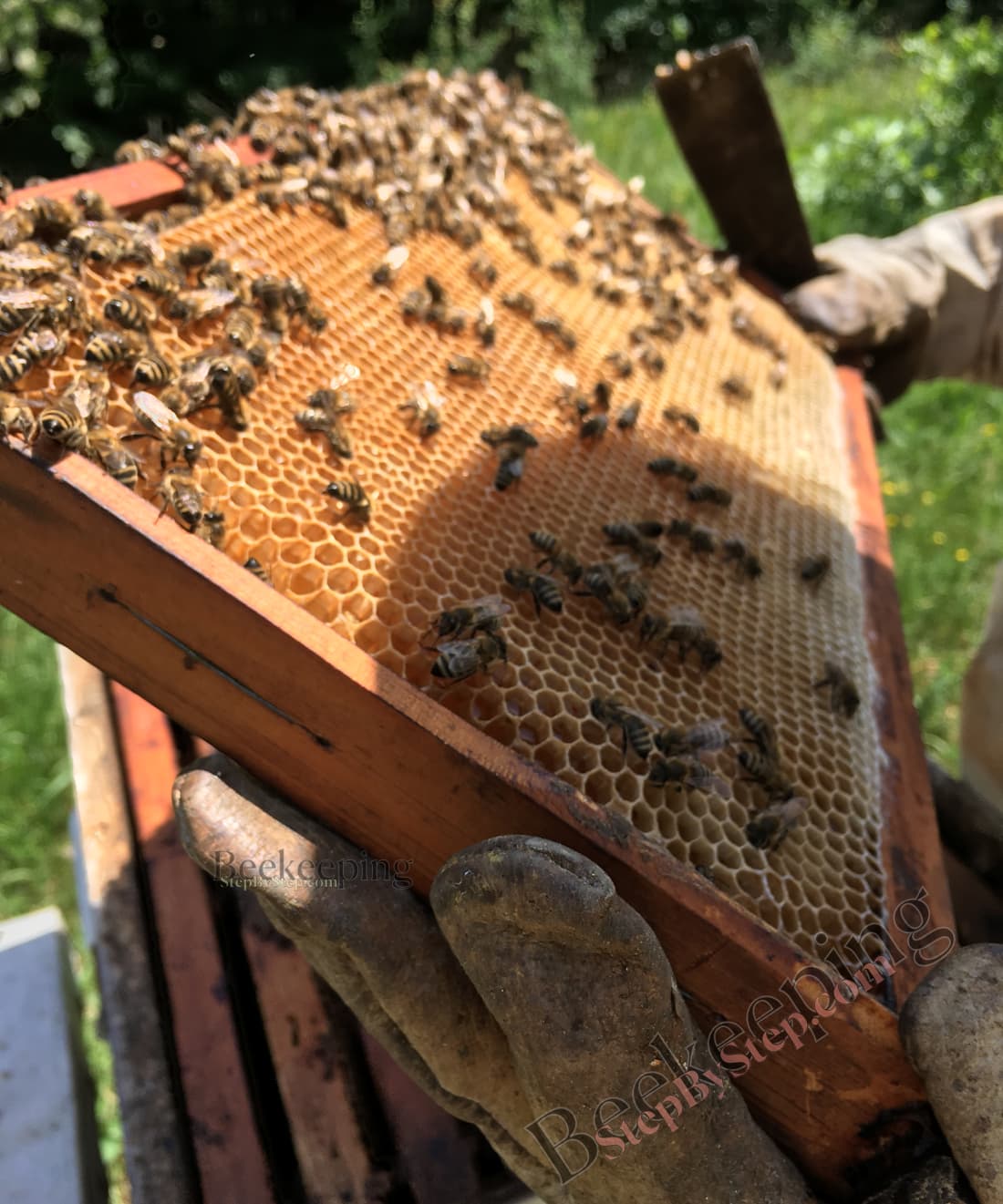
8Put the farme back in it's place
9 Repeat steps 6to 8until you get the good picture of the brood in the hive.
We understand that it can be difficult for a beginner to recognize stuff in the hive. If you are still not sure which frame should you investigate, go through all of them, one by one, starting from one end of the hive.
You will soon be able to recognize where to look and in no time you will be able to find what you are looking for.
10If you haven't found the brood and/or the queen cells in box you are looking through, repeat the whole process on the other brood box (if there is one).
11If you still haven't found the brood and/or the queen cells, check the honey supers.
Boxes with small number of bees don't need to be checked.
12Put everything on its place and close the hive.
I finished the inspection - what now?
if you have carefully read the links we gave you at the beginning of this page, you should be able to recognize some of the problems that may occur inside the hive.
Choose an option that best describes what you saw
If you saw:
- Good amount of worker brood in all stages (and probably some drone brood),
- No queen cells,
- Larvae and cappings look good and healthy,
- Colony is looking good and thriving
You can be satisfied with the inspection and no need for further actions until next inspection.
If you saw queen cells, don’t panic - to determine what type of queen cells you have, go to: Three Kinds Of Queen Cells.
If you saw anything strange about the brood (small amount of brood, most of the brood is drone brood, scattered brood…), go to: Problems With The Queen.
If you saw multiple eggs per cell and only drone brood, go to: Laying Workers.
If you saw one egg per cell and only drone brood, find section about drone laying queen in: Problems With The Queen.
If there are no eggs and no queen cells, go to: No Eggs, No Queen Cells - Is It Queenless?.